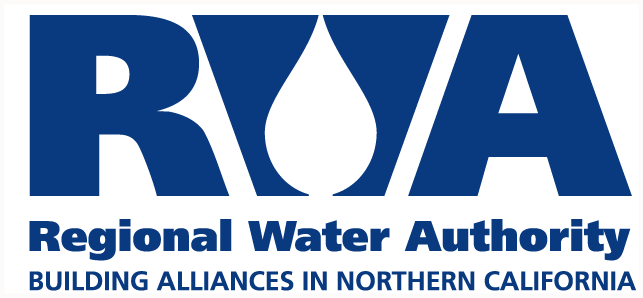Throughout this year, a broad coalition of water suppliers, associations and business groups from throughout the state were engaged in the development of legislation to implement the vision of the Governor’s framework for “Making Water Conservation a California Way of Life” and its objectives of establishing new water use targets for urban retail water suppliers and enhancing drought planning, preparation, and reporting requirements. RWA co-sponsored Assembly Bills 968 and 1654 authored by Assemblymember Blanca Rubio to promote a water-industry supported approach, but legislation related to long-term water conservation standards took several forms and turns, ultimately moving forward in AB 1668 (Friedman) and SB 606 (Hertzberg/Skinner/Friedman) in the final month of the session.
AB 1668 and SB 606 have major flaws:
- Proposed legislation would grant the State Water Resources Control Board the authority to adopt a variety of enforceable water use standards, including standards for outdoor residential use and commercial, industrial, and institutional water use. Giving state agencies unchecked authority to adopt these standards risks impacts to communities and businesses across California, as only the Legislature can balance competing policy goals and priorities related to water use. Proposed legislation should be amended to clearly define, in statute, any enforceable standards for efficient urban water use, including standards for outdoor residential water use and an adequate standard for indoor residential use as outlined below.
- Proposed legislation provides only a limited and temporary credit for potable reuse. This provision does not adequately protect and encourage investments in recycled water and potable reuse. Proposed legislation should be amended to encourage development of these new types of water supplies, including provisions which provide full credit for potable reuse and a sufficient allocation in any water budget for recycled water used for irrigation.
- Proposed legislation currently includes a “blank space” for a standard for indoor residential use. Any standard for indoor residential use below 55 gallons per capita per day (“GPCD”) would pose significant challenges for many communities, including those with older construction and disadvantaged communities that cannot afford to update fixtures and appliances. Proposed legislation should be amended to include a standard for indoor residential use of no less than 55 GPCD.
- Proposed legislation includes a one‐time requirement for the Department of Water Resources to provide limited elements of the data needed for water suppliers to calculate the required annual water use objective. For urban water suppliers to be able to calculate the water use objective annually, as required by proposed legislation, suppliers will need regularly updated data. Proposed legislation should be amended to either remove the annual reporting requirement or ensure that water suppliers will be provided with the resources necessary to calculate accurate water use objectives.
- Proposed legislation grants state agencies the discretion to decide whether to adopt variances from standards. In a state as diverse as California, calculating retail‐level water use efficiency targets using a “one‐size fits all” methodology will be challenging for a wide variety of technical, economic and administrative reasons. Proposed legislation should be amended to require the establishment of variances and implementation processes that account for unique local conditions as well as technical, economic, and administrative feasibility.
- Proposed legislation grants state agencies expansive new enforcement powers, including the ability to require water suppliers to take punitive enforcement actions on their customers and the authority to deny state grant and loan funds for failure to meet an undefined standard of “compliance.” Enforcement provisions in proposed legislation should be amended to shift their emphasis away from providing new punitive enforcement authorities to state agencies and toward technical assistance and information‐sharing, along with appropriate authorities to ensure that reporting, planning and other requirements are satisfied.


